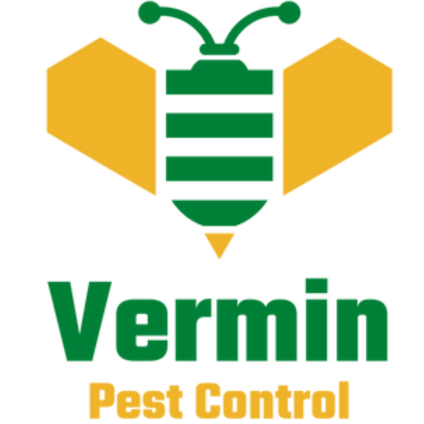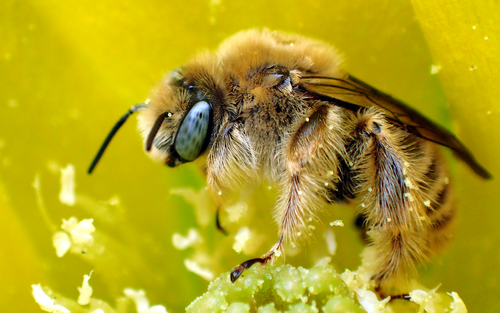Pollinators like bees, butterflies, and hummingbirds are the lifeblood of a healthy garden. Without them, many plants — including fruits, vegetables, and flowers — wouldn’t produce as well. Unfortunately, some common pest control methods harm these beneficial creatures along with the unwanted pests.
The good news? You can protect your plants from damaging insects without putting pollinators in danger. It’s all about using targeted, pollinator-friendly strategies.
1. Choose the Right Time to Apply Treatments
Pollinators are most active during the day, especially mid-morning to late afternoon.
- Best practice: Apply any natural or low-toxicity pest control treatments early in the morning or after sunset, when bees are back in their hives.
- This timing ensures you minimize direct contact between pollinators and the spray or dust.
2. Use Physical Barriers
Instead of spraying plants, block pests physically:
- Row covers: Lightweight fabric covers protect vegetables from caterpillars, beetles, and aphids without affecting bees.
- Fine mesh netting: Ideal for keeping pests away from fruits like berries while still allowing airflow.
3. Introduce Beneficial Insects
Some insects eat the pests but leave pollinators alone.
- Ladybugs — Devour aphids and mealybugs.
- Lacewings — Feed on small caterpillars and thrips.
- Praying mantises — Target larger pests like grasshoppers.
You can purchase beneficial insects from garden supply stores or online and release them directly into your garden.
4. Plant Pest-Repelling Companion Plants
Some plants naturally deter pests while attracting pollinators.
- Marigolds — Repel nematodes and whiteflies but attract butterflies.
- Lavender — Keeps away moths while feeding bees.
- Basil and Mint — Drive away mosquitoes and flies without harming pollinators.
Strategically placing these around your garden creates a natural pest shield.
5. Use Targeted Organic Pest Controls
When sprays are necessary, choose bee-safe options:
- Neem oil — Disrupts pest life cycles without harming bees if applied when they’re inactive.
- Insecticidal soap — Effective on soft-bodied pests like aphids, safe for pollinators when dry.
- Bacillus thuringiensis (Bt) — A natural bacteria that targets caterpillars but doesn’t harm bees or humans.
6. Provide Safe Water Sources
Pollinators need water, too. Offering a shallow water dish with pebbles (so bees can land) keeps them hydrated and encourages them to keep visiting your garden — even if you’ve recently treated plants.
7. Avoid Broad-Spectrum Pesticides
Broad-spectrum chemicals kill indiscriminately, wiping out both pests and pollinators. Always read labels and avoid anything that doesn’t specify targeted pest control.





Add Comment